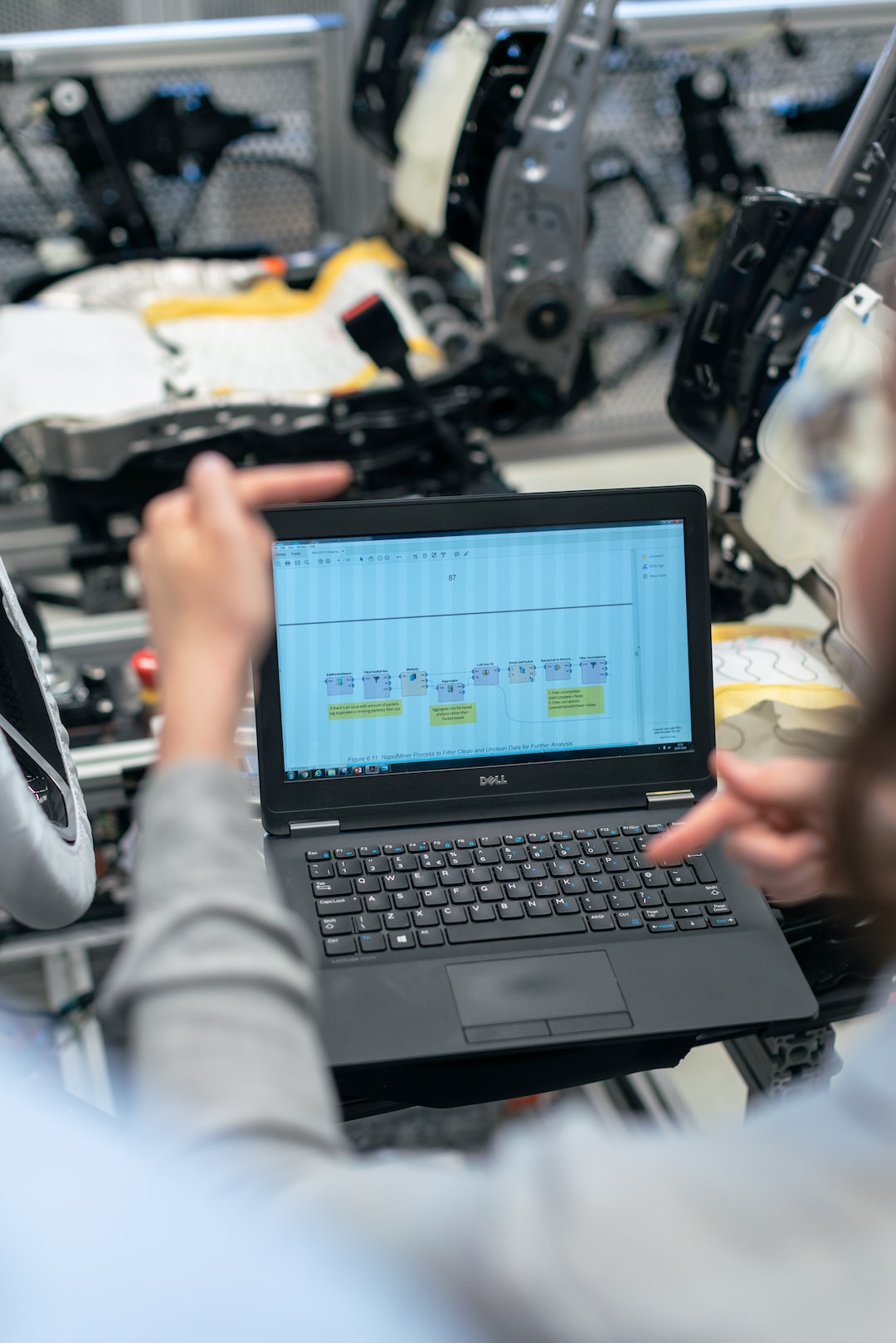The Impact of 3D Printing on Engineering
Engineering has always been at the forefront of technological advancements, pushing the boundaries of what is possible. The advent of 3D printing has brought about yet another revolution in the field. With its ability to create complex and customized objects, 3D printing has drastically changed the way engineers design, prototype, and produce their creations.
One of the most significant impacts of 3D printing on engineering is the ability to create prototypes rapidly and cost-effectively. Traditionally, engineers relied on time-consuming and expensive methods, such as handcrafting or machining, to create prototypes. However, with 3D printing, these prototypes can be produced within hours or even minutes, saving valuable time and resources. This quick turnaround allows engineers to test and refine their designs more efficiently, leading to faster product development cycles and improved time-to-market.
Furthermore, 3D printing enables engineers to produce complex geometries and intricate designs that were previously impossible or extremely difficult to achieve. Traditional manufacturing methods often impose limitations on the shapes and forms that can be created, as they require complex tooling and production processes. With 3D printing, engineers can build intricate designs layer by layer, opening up a whole new world of possibilities. This newfound freedom has led to innovative designs in a wide range of industries, including aerospace, automotive, and healthcare.
In the aerospace industry, 3D printing has paved the way for lightweight and efficient components. By using advanced materials, such as carbon fiber-reinforced polymers, engineers can create parts that are both strong and lightweight, resulting in more fuel-efficient aircraft. Furthermore, 3D printing allows for the production of complex internal structures that optimize airflow and reduce drag, leading to improved overall performance. These advancements have revolutionized the aerospace industry, making it more sustainable and pushing the boundaries of what is possible in terms of design and functionality.
In the automotive industry, 3D printing has similarly had a profound impact. Engineers can now create custom parts and components, tailored to specific needs and requirements. This customization not only reduces costs but also improves performance and functionality. For example, lightweight parts can be produced, enhancing fuel efficiency and reducing emissions. Additionally, 3D printing enables the rapid production of spare parts, eliminating the need for extensive inventories and reducing maintenance downtime. This capability has also opened up possibilities for customized consumer products, such as personalized car interiors or accessories.
The healthcare industry has also experienced significant advancements thanks to 3D printing. Customized medical implants, such as prosthetics and dental devices, can now be created to perfectly fit a patient’s unique anatomy. This level of customization greatly improves patient outcomes and reduces post-operative complications. Furthermore, 3D printing allows for the production of complex biological structures, such as organs and tissues, using bioinks and living cells. While still in the early stages of development, this technology holds the promise of revolutionizing organ transplantation and regenerative medicine.
However, while the impact of 3D printing on engineering is undoubtedly revolutionary, it is not without its challenges. Material limitations, such as the range of available options and their mechanical properties, can often pose a barrier to achieving desired outcomes. Additionally, the cost of 3D printing technology and materials can be prohibitive for smaller organizations or individuals, limiting its widespread adoption. As the technology continues to evolve, these challenges will likely be overcome through advancements in materials and increased affordability.
In conclusion, the impact of 3D printing on engineering cannot be overstated. From rapid prototyping to intricate designs and customization, this technology has revolutionized the way engineers approach product development. With its ability to create complex geometries and innovative materials, 3D printing has opened up a new world of possibilities in industries ranging from aerospace to healthcare. While challenges still exist, the continuous advancements in this field promise to further transform engineering and push the boundaries of what is possible.

